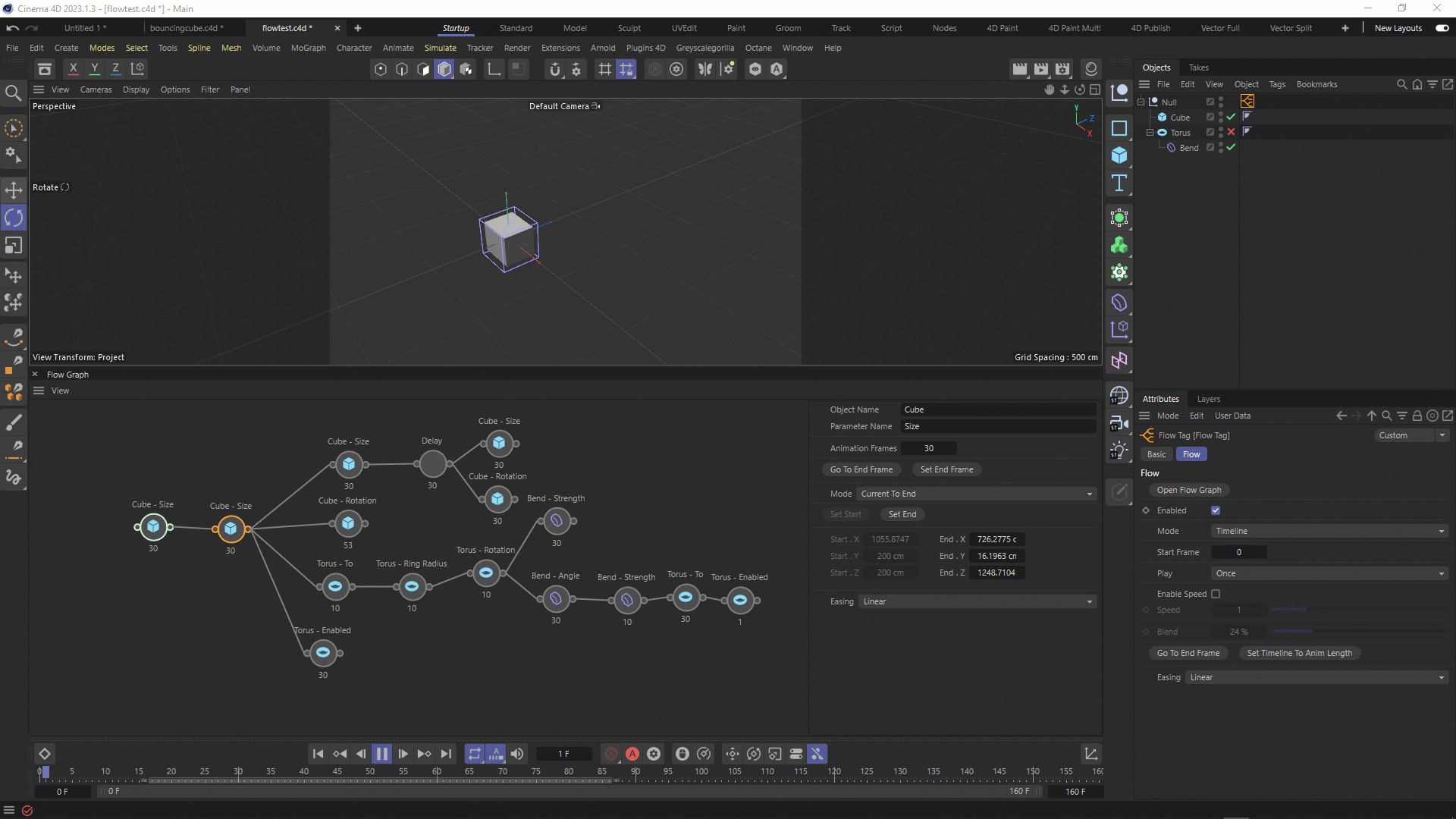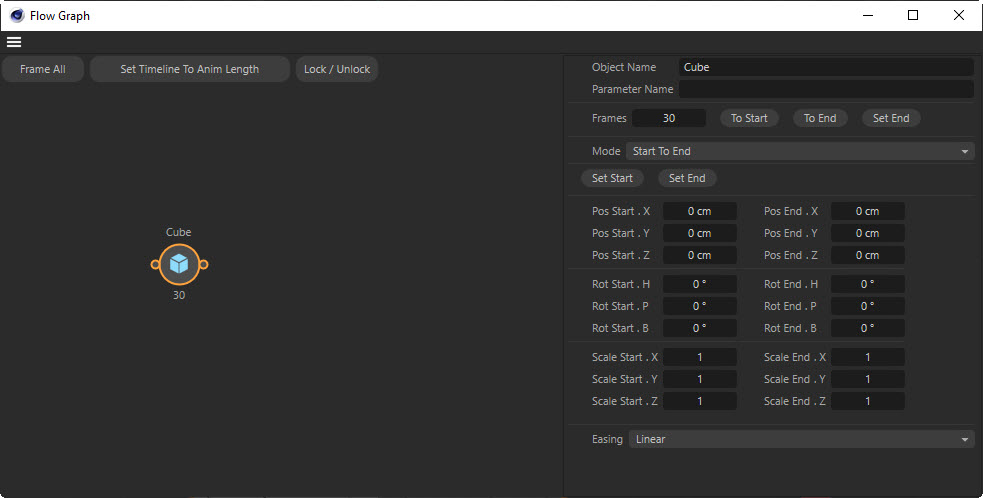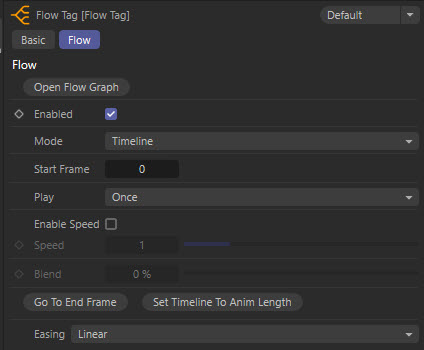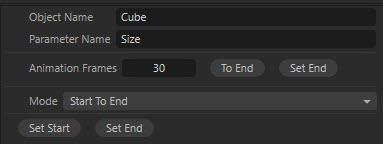




You can use the flow_manual_install_20to2023 Zip files for 20 to 2023 if you wish to manually install the plugins yourself. Just make sure to delete every version of the plugin in the folder, except the one that matches the version of C4D you are installing for. Note that the 2023 version is marked as R27 in the zip file.
You can use the flow_manual_install_OS_2024.zip files to install the 2024 version manually. Unzip the folder and then add the unzipped folder path to your Preferences Plugins path in C4D.
You can use the flow_manual_install_OS_2025.zip files to install the 2025 version manually. Unzip the folder and then add the unzipped folder path to your Preferences Plugins path in C4D.
You can use the flow_manual_install_OS_2026.zip files to install the 2026 version manually. Unzip the folder and then add the unzipped folder path to your Preferences Plugins path in C4D.
Development of the plugin is being done by @kentbarber.
Available for Cinema 4D R20 through to Cinema 4D 2025 on both macOS and Windows.
Since this is a one man operation please forgive the quality of the videos and marketing material at this stage. Things will improve over time.
You can drop us a message over on the GameLogicDesign Contact page.
Feel free to like or retweet on twitter!
Check out Plugins 4D for more Cinema 4D plugins.